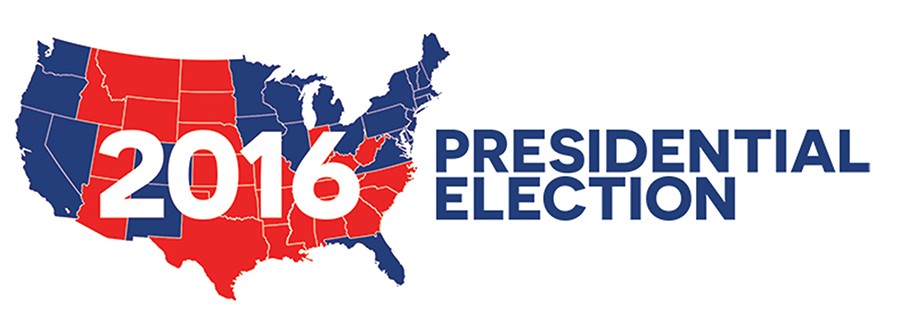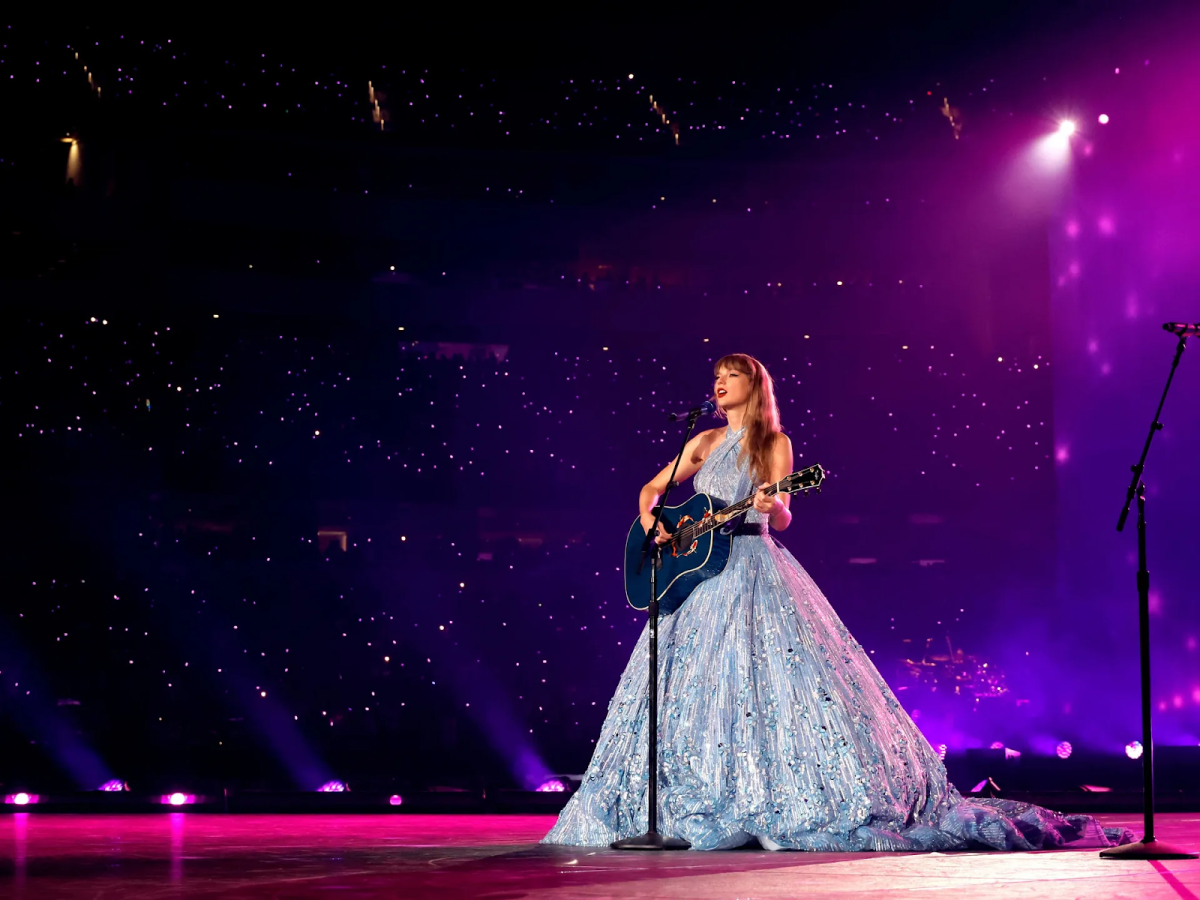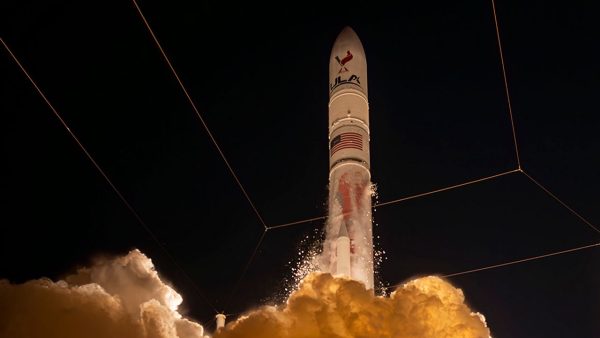A Teenager’s Guide to the 2016 Primary Election
Presidential candidates from both the Republican and Democratic parties vie for the chance to become the next President of the United States.
March 7, 2016
Primary elections come in all shapes and sizes, but most are simply checking a box and picking up an “I voted” sticker. Although this way is the most efficient, some states opt for a format that they believe is more democratic. These are called caucuses, which are basically town hall meetings of an entire district; however, both parties hold their caucuses differently. The Republican (GOP) offers representatives for each candidate a chance to speak one last time to voters, and then all the voters cast their private ballots. The Democrat’s system takes a bit more time, within which people publicly state who they are voting for. At the beginning of the meeting each person walks to a side of the room designated for their candidate or in the “uncommitted” section. A candidate group must have 15% of all attending members in it in order to be considered viable, so after the first round if a candidates group is too small or if someone declared themselves uncommitted they must reassign themselves to a new candidate. This allows members of viable candidate to “pitch” to the still-deciding voters and generates more informed voters, but this process is a much longer and time consuming one.
In the primary elections candidates are vying for delegates from every state, and each state has a different amount based on their population size. Both parties, of course, distribute delegates differently. The GOP has a winner take all system, so whichever candidate has the highest percentage of votes in a state wins all of that state’s delegates. Democrats, on the other hand, distribute them proportionally to the percent of votes a candidate receives, so if a candidate wins 50% of a state’s votes then they receive 50% of the delegates. Each party also has a different number of delegates required to secure the party’s nomination for president, for the GOP that number is 1,237 and for the Democratic party it is 2,383.
Both parties nominate their candidate for president in the summer prior to the presidential election; however, the nominee is usually known months before based on the number of delegates each candidate has (i.e. the candidate with the most delegates in either party is awarded the nomination). After the parties nominate their candidates for president the real fight begins in what is called the general election, where the GOP and Democrats face off for the highest office in the land.
If you’re confused by the 2016 presidential race, you’re hardly alone. As of now we are in the primary phase, in which political parties vote across the country to decide their nominee for president. Although there are several political factions in America, the political scene is chiefly dominated by the Democratic and the GOP parties. Over a The outspoken candidates are calling for a revolution, however different their visions of this may be.
Due to the highly saturated list of Republican candidates many conservative Americans have become frustrated with the lack of organization within the party. Initially in a pool of 16 candidates, only four individuals remain in the GOP primary race. Of these four, the clear leaders are billionaire Donald Trump and senators Ted Cruz and Marco Rubio. Trump has a solid lead in upcoming primary elections over Cruz and Rubio, however the gap could be quickly closed by either candidate. Governor John Kasich is also in the GOP primary race, but is polling at very low numbers. Currently, Trump has the most delegates at 316.
On the other side of the aisle, the Democratic primary only has two contenders left. Despite having less candidates to keep track of, the Democratic race is just as confusing since the candidates are so evenly matched. The national leader is former Secretary of State Hillary Clinton, however Vermont senator Bernie Sanders has become a viable challenger. Sanders represents a political revolution in terms of social programs that work for the middle class, such as free college tuition and a more progressive tax on the wealthiest 2% of Americans. Although Sanders initially posed a threat to Clinton’s campaign, she currently surpasses him in terms of delegates with a count of 1052 to his 427.




















